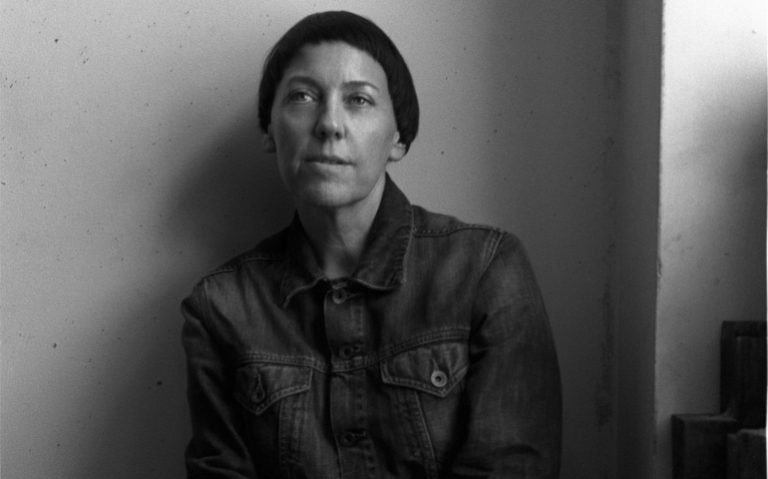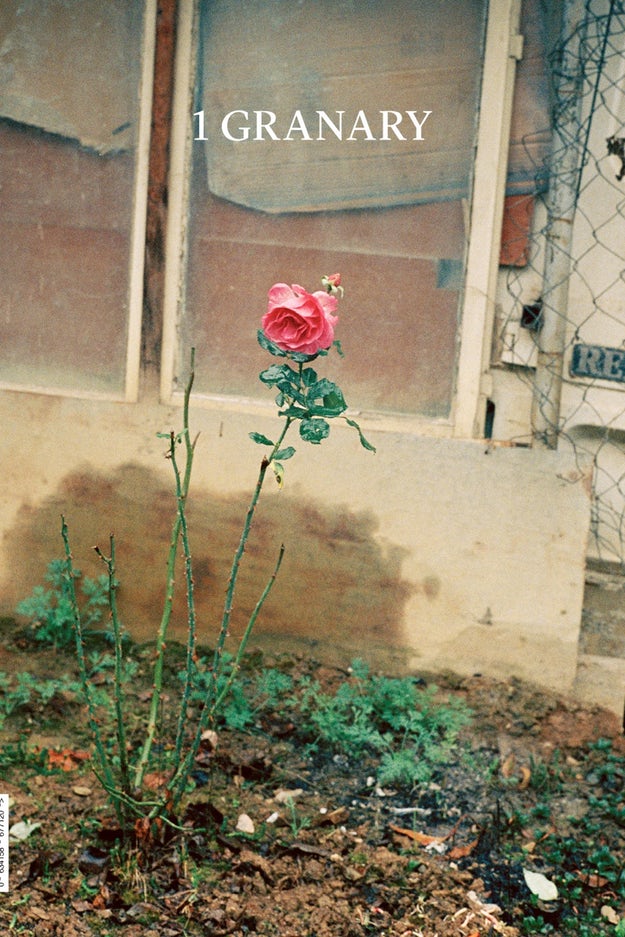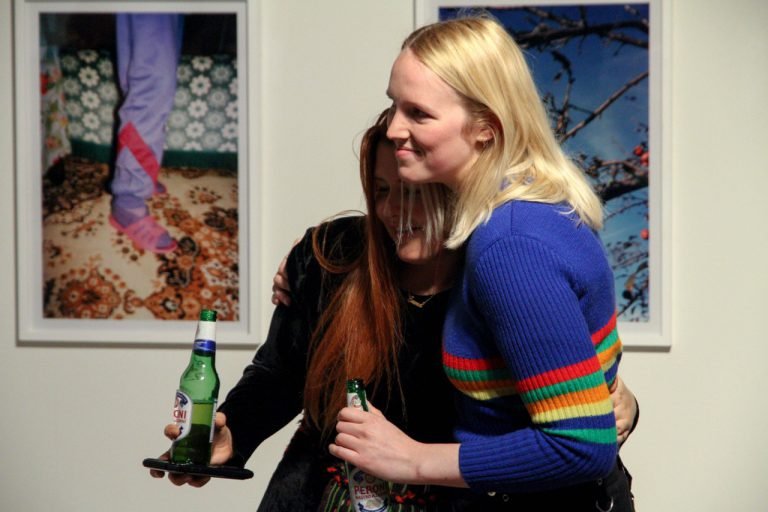Where does fashion education end?
Not at the point of graduation, that’s for sure.
At fashion school, students have the chance to explore their own specialties and to look into various possibilities, but at the same time, they are very likely to linger in their comfort zone. It’s often the case that after graduation, students suddenly find that they need more guidance.
“They graduate, and they end up in my office two hours later,” joked Shelley Fox, and Sarah Broach agrees: “The minute they leave, is when my inbox just blows up. All of a sudden, they need guidance.” She encourages students to ask as many questions as possible, and hopefully, to ask more of the right questions.
The challenges don’t end with students and graduates attending events and looking for answers. More often than not students get their “answers” through networking. “Finding a job is incredibly challenging. and getting a job is not always done through a HR department. Most of the time you get a job through people you know and it’s not something you can teach in class. I do think that one of the most important things is to connect with people and then go back to the community,” Sarah Broach explained.
A member of the audience, who worked at Opening Ceremony under Umberto for a long time, was quick to chime in: “It’s interesting that most of the applicants we got were actually designers, who wanted to learn about the reality of consumers right on the shop floor. I just wanted to throw out there that there’s actually a lot of jobs available in fashion that aren’t necessarily design, and there’s so much insight and experience to be gained.”
Does it have to be…a fashion capital?
Paris, London, Milan, New York. The fashion capitals are Meccas for emerging talents and the most reputable fashion education institutions. This particular panel put New York under the spotlight, exploring it’s cultural scene in the city and wondering whether designers could make it outside of the capital.
“Sometimes it can be a benefit to be in the middle of nowhere,” said Joff Moolhuizen. Sarah Broach noted that creativity tends to manifest itself in energy, something she highlighted as a particular quality of New York City. “There’s something special about New York, that you know you can make something happen here. I feel that everybody comes here to achieve something.”
Shelley Fox was quick to point out that, though New York might be perceived as a more commercial city, the industry still thrives on creativity. “We always tell our students, at the end of the day, what’s valuable is always your ideas, and ideas are worth money,” she explained. And those ideas aren’t necessarily fed by the surrounding, but rather, the connections between different creatives. You don’t have to be in a major city, however, to still enjoy fashion networking. Neil Gilks reflected on his graduate program at Yale: “While Connecticut is not such a pleasant place to be, there’s still opportunities for networking.”
That is why teamwork is such an important factor on the Parsons MFA. “One of the first big design projects we do is in team,” Joff Moolhuizen explained. “The students always complain – ‘I’m on the MFA, I want to do my own thing.’ But it’s very important to train those managerial/ organizational skills.”
Global fashion schools rankings: necessary or problematic?
Last year, Shelley Fox announced that the Parsons MFA program would no longer participate in BoF’s global ranking of fashion schools. The course director stated it can be problematic to apply a fixed ranking system to something as uncertain as the fashion industry, especially as the industry is currently questioning itself.
Joff Moolhuizen added: “This type of ranking is largely based on uncertain outcomes. And in the industry that we are all criticizing so much, it doesn’t make sense.”
Another consideration is that fashion schools have different specialties. Some, like Parsons, focus on sustainability and personal exploration, while other schools might pay more attention to their graduates’ employability. “It’s up to students not to look at the ranking, which has problems for all sort of reasons and think about what kind of designer they want to be, and what school can help you achieve that goal.” reflected Sarah Broach.
Thirdly, there is an oversimplification of fashion education, a bit like trying to put everything in one box, which can restrict graduate students in many ways. For Shelley Fox: “I made the BoF statement because they were trying to lock down something in a very simplistic manner. It’s like comparing country music to rap.”
So, what does that mean for the function of fashion education?
Olya Kuryshchuk, founder of 1 Granary and enthusiastic audience member, closed the panel: “I always believed that fashion colleges should be the ones leading the whole industry, but often they are just reacting to the industry which at the moment is deeply flawed, they are not leading fashion. Yes, it’s really fun to do collages with masking tape and it develops you as a creative person, but do we really need another cardboard dress?”
“Designers have a responsibility,” answered Joff Moolhuizen. “They need to ask themselves – what do I do with my skillset? Dover Street Market is interesting, your design identity is interesting, but how can you help others with your creativity?”










